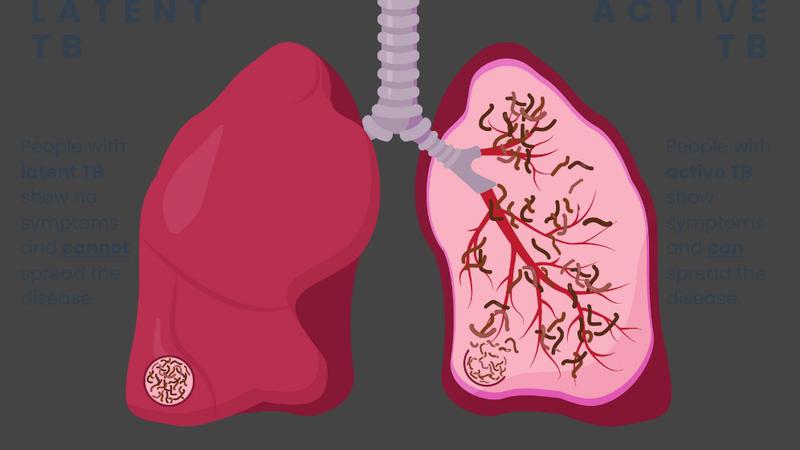
Education; vaccine research key to solving tuberculosis
It only took two years.
Worldwide, more than 1.5 million people die each year from Tuberculosis and there was only one other infectious disease more deadly – COVID-19.
During the pandemic, all healthcare resources were redirected, and it had a negative effect on progress made as there wasn’t testing happening and most assumed any illness or coughs were related to the world event.
“This was not just in this province, this happened worldwide,” Dr. Neeraj Dhar, principal scientist at the vaccine and infectious disease organization (VIDO) of the University of Saskatchewan.


